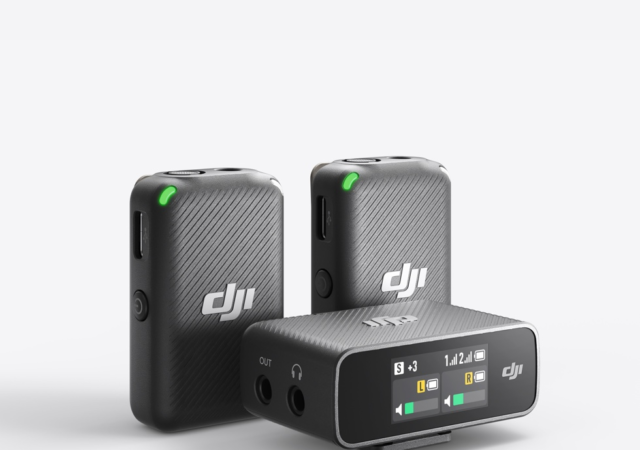RØDE introduces their 5th generation NT1 condenser with 32-bit float digital output. This could be the ultimate studio condenser for all.
DJI MIC is the Next Best Thing for Video Audio Solutions
DJI makes the MIC, an audio recording solution that charges two wireless mic in a box, kind of like your TWS earphones. Sets you back US% 329.




